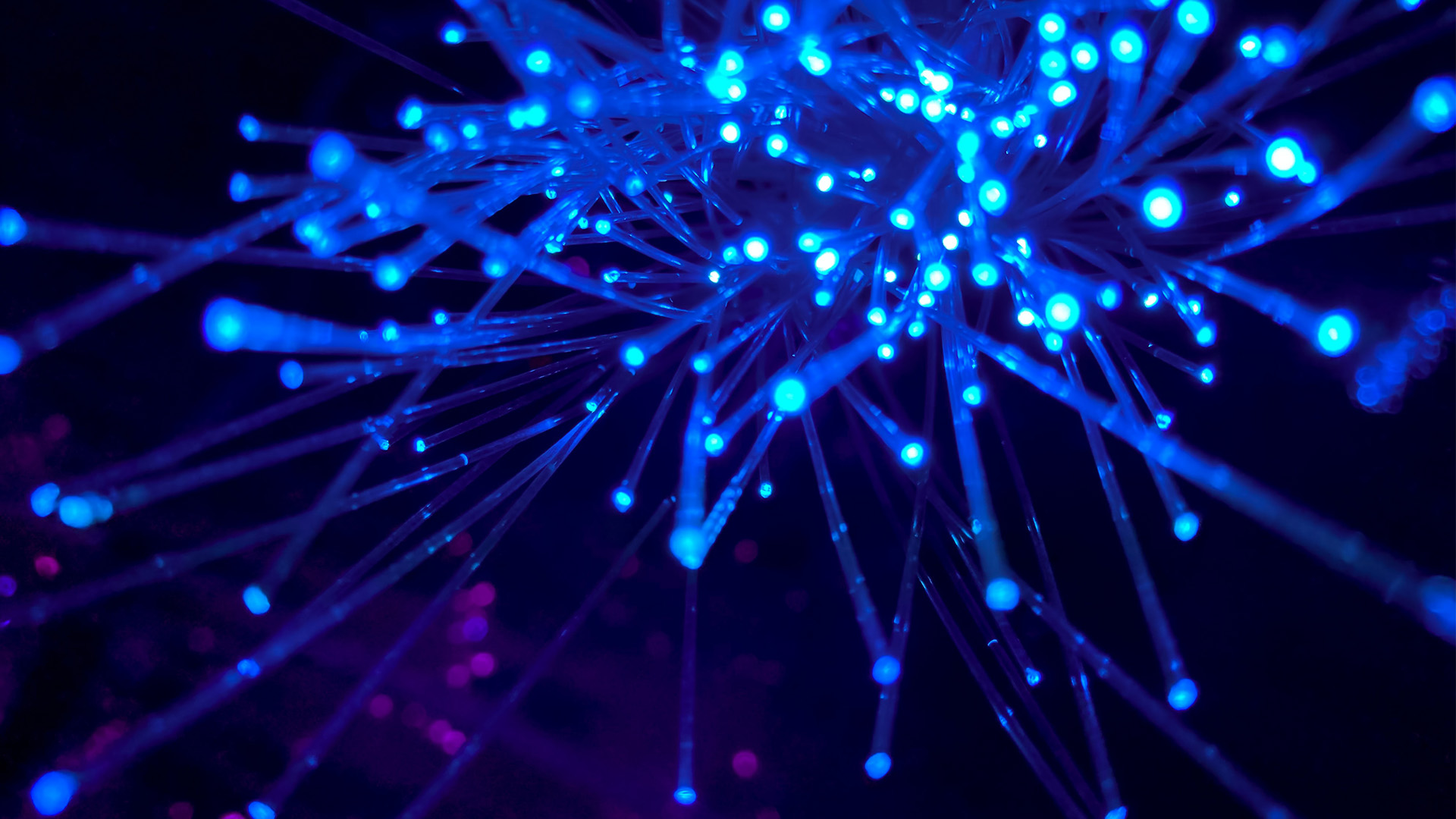KEY TAKEAWAYS
- To maximize the power that human beings can show, researchers at NTT’s Communication Science Laboratories have been studying the brain’s functions through an initiative called the Sports Brain Science (SBS) Project.
- The project has been exploring the workings of the ‘athletic brain’, focusing on how best to control the body and the mind.
- In sports, ‘mind, technique, and body’ are regarded as essentially one thing that cannot be divided. Most research to date has focused only on the physical aspects, but science-backed training methods for ‘mind’ and ‘technique’ are scarce.
- Recently, various technologies have opened up our knowledge in these unknown fields, such as wearable sensors, virtual reality devices and machine learning technology. The SBS Project is using these advanced ICT devices to try and find new training methods.
- Research by the project into softball players in Japan has provided unprecedented insights into what separates top performers from those at lower levels. The project’s findings have implications for athletes in a wide range of sports, as well as helping us gain a better understanding overall of how to maximize human potential.
In sports, it is said that mind, skill, and body are inseparable. In other words, peak sporting performance is as much mental as it is physical: the winners are those who have command over both their movements and their mental state.
While time spent in the gym will obviously improve measurable strength and fitness, it’s far harder to get a sense of what is going on in the ‘athletic brain’ so that it can be trained just like a muscle.
NTT’s Sports Brain Science Project is looking to find ways to do just that – using the latest brain science research to create bespoke training programs tailored to individual athletes’ traits that lead to improvements in performance. The final aim is to be able to say to athletes “these are your mental characteristics, so this is how you should train.”
But that can’t be done without the application of advanced information communication technology to unlock the mysteries of ‘implicit’ brain functions, i.e. the cognitive processes that occur without conscious awareness or intentional control.
In the context of athletic performance, understanding ‘implicit’ brain functions is important as it allows coaches to develop training that improves performance beyond what can be achieved through conscious effort alone.
These functions include abilities developed through practice and experience, such as motor skills, procedural memory, and perceptual learning. In contrast, ‘explicit’ brain functions are conscious and intentional, like deliberate decision-making and problem-solving.
In the context of athletic performance, understanding ‘implicit’ brain functions is important as it allows trainers and coaches to develop training methods that can improve performance beyond what can be achieved through conscious effort alone.
Predicting the future
One thing that often typifies top sportspeople is their ability to be ahead of the game, to almost know what is going to happen before it does.
Are the top players in a game like softball – which, along with baseball, is Japan’s top sport – able to predict the future better than their less successful rivals?
To test that hypothesis, Dr Daiki Nasu, a Research Associate at NTT Communication Science Laboratories, needed to capture the reactions and body movements of a batter when a ball is pitched to them.
This has been done before using optical systems, but the problem with this is that having multiple cameras so close means that batters can’t hit the ball, which obviously doesn’t replicate on-field conditions.
To overcome this issue, Dr Nasu asked softball players to wear bodysuits and use bats that were both embedded with inertial sensors (sensors which measure the acceleration and angular velocity of an object, along three mutually perpendicular axes). What he and his team found provided real insights into the difference between the top players and those from lower leagues.
Split-second timing
The first thing to note is how little time a batter has to react to a ball coming towards them. On average, it takes just 0.5 seconds to reach them once it’s left the pitcher’s hand.
So, in that time, the batter must determine what kind of delivery is being thrown. Is it a fastball (in which case they have even less time to hit it – just 0.45 seconds), or a ‘changeup’ (a deceptively slow pitch intended to throw off the batter’s timing)? Then, they must adjust their body movements to hit the ball.
On average, it takes just 0.5 seconds for a ball to reach the batter once it’s left the pitcher’s hand. In that time, the batter must determine whether it’s a fastball or a ‘changeup’. Top players can adjust their body shape to enable them to hit fastballs. For slower balls, they delay their swing by 0.15 seconds, which is just the blink of an eye.
When batters are not sure what kind of delivery they are going to get, this kind of adjustment is even harder to do. It’s certainly something that players at lower levels struggle with. When young players swing at the ball slightly after 0.5 seconds, regardless of the delivery they are facing, they tend to miss the fastballs.
Top players, Dr Nasu found, on the other hand, can adjust their body shape after just 0.4 seconds, and that’s enough to enable them to hit fastballs. For slower balls, they simply delay their swing by 0.15 seconds, which is just the blink of an eye.
That they can refine their reactions to this degree is remarkable enough, but it’s even more remarkable when you consider that Dr Nasu’s data also shows they recognize the type of pitch just 0.3 seconds after the ball has been thrown.
Even more remarkable
Now, it takes between 0.15 and 0.2 seconds for humans to gather visual information through their eyes, and for this information to affect their body movements. This means there are just 0.1 seconds from when the ball is released to decide how best to swing at it.
Top players can do this with remarkable consistency, quite literally achieving a hit rate of between 80 and 90%. With lower-level players, that drops to just 50%. In other words, they are just guessing.
The next stage for Dr Nasu is to look at the way athletes in different sports might develop different models of body movement that allow them to anticipate their opponents’ actions and respond accordingly.
Research like this provides a completely fresh understanding of the mechanics of an athlete’s thinking and movement. This understanding can then be used to create bespoke training programs that allow athletes to make incremental improvements in their performance. In softball terms, you could say that such training programs would become much less hit-and-miss.
Originally published by NTT, December 2017.
Read more about the Sports Brain Science Project: https://sports-brain.ilab.ntt.co.jp/index_en.html.




